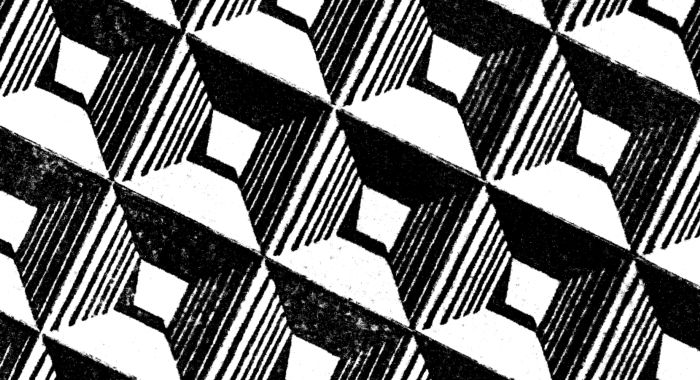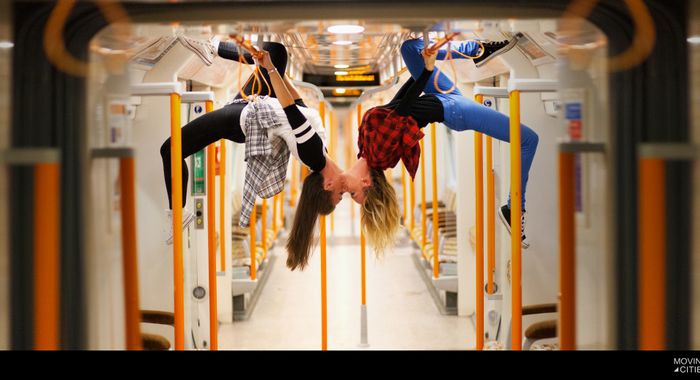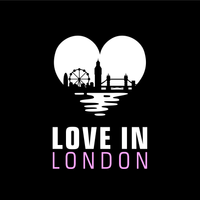Modern Cabinet Club | Branding Design
Modern Cabinet Club are an online store that will specialise in made to fit kitchen cabinets. There will be two ranges of cabinets on offer: Classic and Modern. The company is still in its final stages before it’s ready for a full launch. Their aim is to fill a gap in a market saturated with machine made fixtures and offer products that are bespoke, easy to access and have the human element of being made by hand.
My Role:
- Research
- Logo Design
- Illustration
- Prototyping
- User Experience Design
- Web Design
Problem I Was Solving:
My role was to come in during the early stages of Modern Cabinet Club’s inception and help realise the brand identity, visually. While the concept and USP were already clear, it needed a visual identity in the form of the logo, website and illustrations of the cabinets (since the product is of the 'made to fit' variety, they couldn’t be photographed for the website, as they hadn’t been built yet.) They also need brand style guidelines for the company.
My Research and Initial Ideas:
My first step was researching competitors in the market, from their logos, websites and how they conveyed their brand stories. With the initial information I was given about Modern Cabinet Club’s target audience, I was able to take an in-depth look into their habits and interests. I looked into how much they would roughly make, what they expected from brands and reasons they would be looking for a company like Modern Cabinet Club etc.
After I had a clearer understanding of the market and target audience, I was able to come up with some keywords that would act as a guide throughout the project, in terms of what was to be conveyed in the brand story. The main themes were that Modern Cabinet Club should be approachable, modern, refined, clean and female friendly.
Initially, as Modern Cabinet Club is the sister company to an existing business of my clients called Standforth, I was looking at ways to show the relation between the two. I thought about using a similar font for Modern Cabinet Club and possibly using the green of the Standforth logo as part of a gradient to represent a shift from one to the other. While the Standforth logo is very precise, I thought about still having a graphic shape element, but more freeform like a paint splotch, to show the human side of Modern Cabinet Club. I eventually moved away from both ideas as the client decided Modern Cabinet Club should be a separate entity that stood apart from Standforth. I started to look at other colours such as light blues (a colour associated with trust and reliability.) Purple, white and orange were also initial options.
From there, I continued further research into illustration styles that would best suit the cabinet illustrations. My client wanted the illustrations to not just be informative, but almost like prints you’d hang in your home, so this informed a lot of the research. With my Interior Architecture background, I already had some knowledge of different styles of architectural drawings and ways of conveying fixture details. I thought of overlaying the technical aspects on top of the illustrations as a white outline initially, but soon moved away from this.
I knew that colour would have to play a strong role in the illustrations to differentiate the two cabinet collections. From looking at some of the poster examples my client liked, I decided the element of noise for the background could help capture the nostalgic style he liked for the illustrations. The sketch (above) was the first concept I came up with for the cabinet illustrations, but in the end, we went with a more simplified, straight to the point elevation style depiction.
Design Process and Deliverables:
For the concept of the logo, I ultimately moved away from having any shapes in it and went for just a text logo, using the handwriting font Architect’s Daughter (which we joked was such a perfect name) as we wanted the logo to continue with the theme of conveying the human nature of the brand.
I made four logo variations so that the logo could be used in a range of contexts. Two were the single line variation, the other two were the stacked variation (one word on each line.) Each of the variants had one logo with the text in all black and the other with a blue gradient, reminiscent of if someone had been writing the company name with a watercolour brush. The guidelines for the logos are included in the style guide I created for Modern Cabinet Club.
Once we’d agreed on the materiality of the cabinets, it was just a matter of me creating their interiors and exteriors with that information. For the Modern line, I decided on blue and purple for the floor and wall so that the white cabinets stood out. For the Classic line, I decided on blue and green. With the illustrations, we decided the cabinets should have context, so that customers would really be able to visualise them in a space, such as kitchen. To do this, all the illustrations feature a wall and floor. On the website, we decided that users would be able to hover on the illustrations and see the cabinets internal view that way, as well as being able to click through and see real photos of the cabinet materials that would be used.
The next stage was working on how to bring all this information and design together for the Modern Cabinet Club website. The website would not only be a place for customers to get an insight into the made to order cabinets, but it would also be the hub where they place their orders. I really wanted the cabinet illustrations to be the focal point on the site, as people are very visual, especially when it comes to making purchases. With that in mind, the website background was always going to be pure white and the content for purchase would be displayed in a grid format. It’s simple, recognisable and easy to navigate. There would be filters so people can choose whether they’d want to see all cabinets, cabinets from a specific line or if they were being more specific in their search. In line with the logo, the use of blue would be continued to highlight tabs and for buttons. For the website font, I wanted one that paired well with the logo, but also gave clear readability (especially for screen) so I went with Raleway. It’s clear, but still a little modern and interesting.
Then, it was a matter of implementing these into Squarespace for the site to go live and Modern Cabinet Club to start selling.
Client’s Opinions:
The client loved the attention to detail, level of research and felt that I showed a real understanding of his brand and concept.
Tools/Programmes I Used:
- Adobe Illustrator
- Adobe InDesign
- Adobe Photoshop
- Adobe XD
- Squarespace



